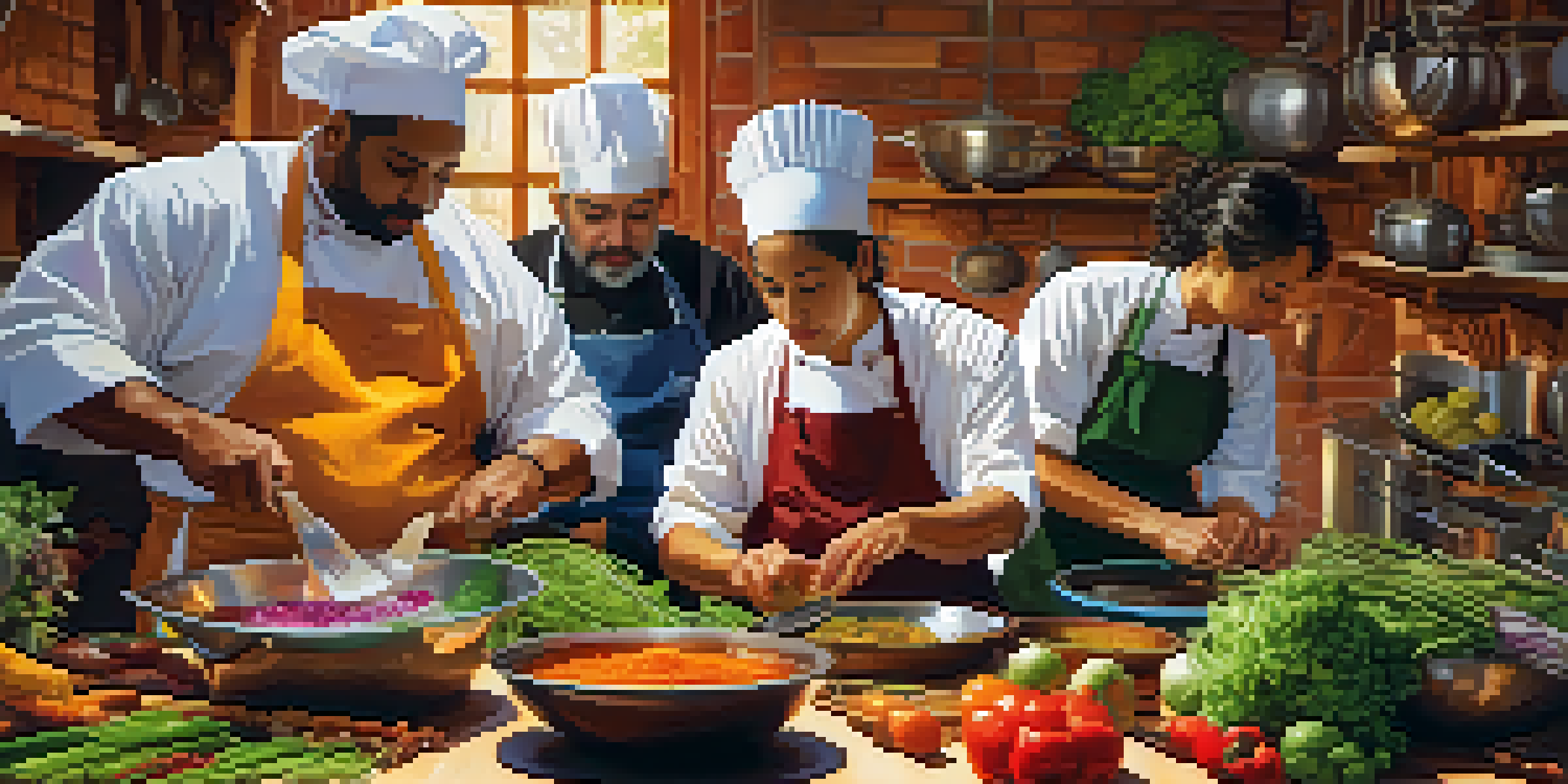Cultural Appropriation in Vegan Food: A Critical Look

Understanding Cultural Appropriation in Vegan Food
Cultural appropriation occurs when elements of one culture are adopted by another, often without permission or understanding. In the context of vegan food, this can mean using traditional recipes or ingredients from diverse cultures while stripping away their cultural significance. It’s essential to recognize that food is more than just sustenance; it carries the stories and identities of the cultures it originates from.
The Rise of Veganism and Cultural Influence
Veganism has surged in popularity, leading to a fusion of culinary practices from around the globe. Many vegan dishes borrow from international cuisines, creating a delicious blend of flavors. However, as these dishes gain fame, it raises the question: are we celebrating these cultures or merely exploiting them for trendy dietary choices?
Cultural Significance in Vegan Food
Vegan dishes often borrow from diverse cultures, but it's crucial to recognize and respect the cultural stories behind these foods.
Examples of Cultural Appropriation in Vegan Dishes
Take, for instance, the vegan version of traditional Indian curry. While it's great that more people are enjoying plant-based options, the question remains: are these interpretations respectful and true to their origins? Often, these adaptations simplify complex dishes, stripping away the rich history and cultural significance that make them unique.
The Fine Line Between Appreciation and Appropriation
Appreciation involves understanding and respecting the cultural significance of a dish, while appropriation often disregards this context. A vegan chef may create a dish inspired by a cultural recipe, but if they fail to acknowledge its roots or the community it comes from, it can be seen as appropriation. The key is to engage with the culture respectfully and to share credit.
Appreciation vs. Appropriation
Understanding the difference between honoring a culture and exploiting it is key for chefs and food enthusiasts to create respectful culinary experiences.
How to Be Respectful When Incorporating Cultural Dishes
To navigate this complex landscape, it’s vital to approach cultural dishes with sensitivity. This means doing your research, understanding the ingredients, and learning about the culinary traditions behind them. When sharing these dishes, consider giving credit to the original culture and, if possible, support local chefs or businesses that represent these cuisines.
The Role of Education in Preventing Appropriation
Education is a powerful tool in the fight against cultural appropriation in food. By learning about the histories and traditions attached to various cuisines, we can better appreciate their significance. This education can help us create a more inclusive food culture that honors diversity rather than exploits it.
Education's Role in Cultural Respect
Educating ourselves about the histories and traditions of various cuisines helps foster an inclusive food culture that values diversity.
The Impact of Social Media on Cultural Appropriation
Social media plays a significant role in how food trends spread and evolve. While it can promote cultural exchange, it can also perpetuate appropriation by glamorizing dishes without context. As a result, it's crucial for influencers and chefs to be mindful of how they represent cultural foods and to engage in conversations that promote understanding.
Moving Forward: Building a Respectful Vegan Community
Creating a respectful vegan community requires ongoing dialogue about cultural sensitivity. By fostering an environment where people can share their backgrounds and culinary traditions, we can enrich the vegan movement. This way, we celebrate diversity and ensure that all cuisines are appreciated in a manner that respects their origins.